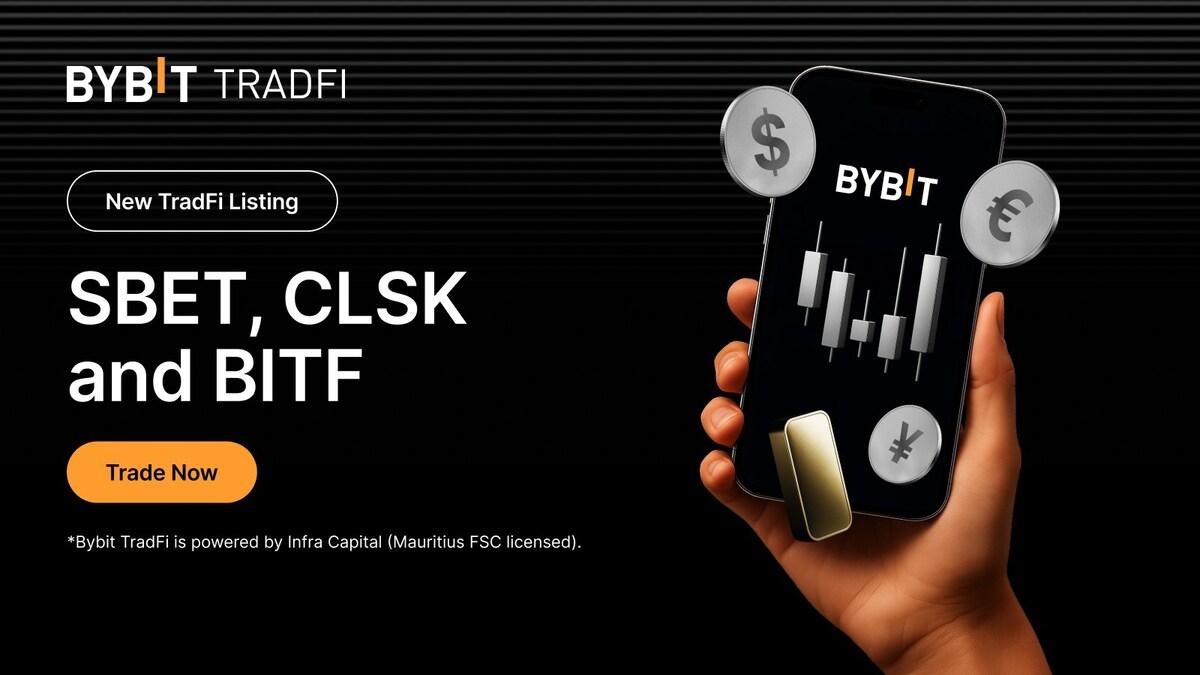BitcoinWorld

Bitcoin Price Analysis: Critical Whale Activity Signals Potential Market Dip
The cryptocurrency market is a dynamic arena, often swinging between euphoria and anxiety. Recently, the spotlight has been firmly on Bitcoin (BTC) as it navigates a challenging period. For anyone interested in cryptocurrencies, understanding the nuances of Bitcoin price analysis is paramount, especially when key support levels are tested and large market participants, often called “whales,” begin to make significant moves. The leading digital asset recently slipped below a crucial $114,000 support level, reigniting market concerns and prompting a closer look at what’s truly driving its value.
This recent price action has pushed Bitcoin into a critical demand zone, specifically between $111,000 and $112,000. This range is not arbitrary; it represents the lower boundary of a long-term upward channel and a previously established resistance level that had transformed into support. The market is holding its breath, as a failure to maintain this zone could open the door for a rapid descent towards the psychologically significant $100,000 mark. Such a move would undoubtedly send ripples across the entire crypto ecosystem, underscoring the importance of meticulous Bitcoin price analysis.
What Does Whale Activity Tell Us About Bitcoin Price Analysis?
One of the most compelling aspects of the recent market downturn is the conspicuous increase in whale activity. On-chain data, which provides transparent insights into blockchain transactions, revealed a significant influx of 16,417 BTC into exchanges just yesterday. This was not just any inflow; it marked the largest single-day transfer since mid-July. Such large movements of Bitcoin onto exchanges typically signal a rising sell-side pressure, as traders often move their holdings to exchanges when they intend to sell them.
To further understand this phenomenon in the context of Bitcoin price analysis, we look at the Exchange Whale Ratio. This metric measures the proportion of all inflows to exchanges that come from whales (defined as transactions larger than a certain threshold, often 1,000 BTC or more). When this ratio climbs above 0.70, as it has recently, it indicates that whales are responsible for a substantial majority of the transfers. Historically, such elevated Exchange Whale Ratios have often preceded sharp price drops, suggesting that these large players are preparing to offload significant portions of their holdings.
Why do these large movements matter so much for Bitcoin price analysis? Here are a few key reasons:
- Market Impact: Whales hold vast amounts of Bitcoin. Their sell orders can quickly overwhelm buying demand, leading to rapid price depreciation.
- Liquidity Dynamics: When whales move BTC to exchanges, it increases the available supply for sale, potentially reducing liquidity for buyers at current prices.
- Sentiment Shift: The actions of whales are often seen as leading indicators. If large holders are selling, it can create a ripple effect, causing smaller investors to panic and sell as well.
- Historical Precedent: As mentioned, past instances of high whale ratios and large inflows have consistently correlated with subsequent price corrections, making this a crucial metric for any comprehensive Bitcoin price analysis.
Navigating Key Levels in Bitcoin Price Analysis
Understanding the critical price levels is fundamental to effective Bitcoin price analysis. These levels act as psychological and technical barriers or floors for the asset’s price. The current situation highlights the importance of the demand zone Bitcoin is presently testing.
| Level | Significance | Current Status |
|---|---|---|
| $114,000 | Previous Key Support | Broken (Now Resistance) |
| $111,000 – $112,000 | Major Demand Zone, Channel Lower Boundary, Previous Resistance-Turned-Support | Currently Testing |
| $100,000 | Psychological Support, Potential Next Target if Demand Zone Fails | Next Critical Test |
The failure to hold the $114,000 level has shifted the immediate outlook. Investors and traders are now keenly observing the $111,000-$112,000 zone. A strong bounce from this area would indicate resilience and potentially signal a short-term bottom. Conversely, a decisive break below this zone would likely accelerate selling pressure, making the $100,000 mark the next significant battleground for Bitcoin price analysis.
How Can Investors Navigate Current Market Conditions with Bitcoin Price Analysis?
Given the current market anxieties and the signals from whale activity, it is natural for investors to feel uncertain. However, informed decision-making, grounded in sound Bitcoin price analysis, can help navigate these turbulent waters. Here are some actionable insights:
- Monitor On-Chain Data: Beyond the Exchange Whale Ratio, keep an eye on other on-chain metrics like exchange net position change, miner outflows, and stablecoin inflows. These can provide early signals of market shifts.
- Understand Support and Resistance: Familiarize yourself with key technical levels. These are not guaranteed floors or ceilings, but they provide critical points for potential reversals or accelerations.
- Risk Management is Key: Never invest more than you can afford to lose. Consider setting stop-loss orders to limit potential losses if prices continue to decline. Position sizing – determining how much capital to allocate to a trade – is also vital.
- Dollar-Cost Averaging (DCA): For long-term investors, a strategy of dollar-cost averaging can mitigate the impact of volatility. This involves investing a fixed amount at regular intervals, regardless of price, which averages out the purchase price over time.
- Diversification: While Bitcoin is the king, a diversified portfolio across different asset classes or even different cryptocurrencies can reduce overall risk. However, remember that most altcoins are highly correlated with Bitcoin’s movements.
- Stay Informed, Avoid Panic: Emotional trading often leads to poor outcomes. Rely on credible sources for your Bitcoin price analysis and market news, and avoid making impulsive decisions based on fear or hype.
What Challenges and Opportunities Emerge from Current Bitcoin Price Analysis?
Every market downturn presents both challenges and opportunities. The current climate for Bitcoin price analysis is no exception. Understanding these dual aspects is crucial for a balanced perspective.
Challenges:
- Increased Volatility: The presence of large sell-side pressure from whales can lead to sudden and unpredictable price swings, making short-term trading particularly risky.
- Bearish Sentiment: Prolonged downward trends can erode investor confidence, leading to a self-fulfilling prophecy of selling.
- Liquidation Cascades: If prices drop sharply, leveraged positions can be liquidated, creating further selling pressure and exacerbating the decline.
- Macroeconomic Headwinds: Broader economic concerns, such as inflation, interest rate hikes, or geopolitical tensions, can also weigh heavily on risk assets like Bitcoin.
Opportunities:
- Accumulation Phases: For long-term holders, price dips can represent opportunities to accumulate more Bitcoin at lower prices. This aligns with the DCA strategy mentioned earlier.
- Innovation Continues: Regardless of short-term price movements, the underlying technology and development within the Bitcoin and broader crypto ecosystem continue to advance. Focus on the fundamentals.
- Identifying Strong Hands: Periods of high volatility often shake out weaker hands, leaving stronger, more conviction-driven holders. This can lead to a more stable market base in the long run.
- Learning and Growth: Volatile markets provide invaluable learning experiences for investors to refine their strategies and improve their Bitcoin price analysis skills.
What Does the Future Hold for Bitcoin Price Analysis?
The path forward for Bitcoin remains subject to a confluence of factors. While the immediate focus of Bitcoin price analysis is on the $111,000-$112,000 demand zone, several broader themes will influence its trajectory. These include the evolving regulatory landscape across major economies, the adoption rate of cryptocurrencies by institutions and mainstream businesses, and broader macroeconomic conditions. The resilience of Bitcoin’s network, its continued decentralization, and the ongoing development of its layers (like the Lightning Network) will also play a role in its long-term value proposition.
Investors should continue to monitor on-chain metrics, global economic indicators, and significant news events. While whale movements provide crucial short-term signals, a holistic approach to Bitcoin price analysis that incorporates both technical and fundamental factors is essential for making informed decisions in the ever-evolving cryptocurrency market.
In conclusion, Bitcoin is currently at a pivotal juncture, testing a critical demand zone amidst heightened whale activity. The significant influx of BTC onto exchanges and an elevated Exchange Whale Ratio underscore the potential for continued sell-side pressure. However, understanding these signals through diligent Bitcoin price analysis empowers investors to navigate the market with greater confidence. By focusing on risk management, leveraging on-chain data, and maintaining a long-term perspective, market participants can better prepare for potential volatility and identify opportunities even in challenging times. The cryptocurrency market demands constant vigilance and a commitment to informed decision-making, ensuring that every move is a calculated one.
Frequently Asked Questions (FAQs) on Bitcoin Price Analysis
- What is the current key support level for Bitcoin?
- Bitcoin is currently testing a major demand zone between $111,000 and $112,000. This level is crucial as it represents a long-term upward channel boundary and a previous resistance-turned-support.
- What does “whale activity” mean in cryptocurrency?
- Whale activity refers to the significant transactions made by large holders of cryptocurrency (often individuals or entities holding substantial amounts of a coin). Their movements, especially sending large sums to exchanges, can indicate an intent to sell and can heavily influence market prices.
- How does the Exchange Whale Ratio impact Bitcoin price analysis?
- The Exchange Whale Ratio measures the proportion of exchange inflows that come from whales. A ratio above 0.70, as seen recently, suggests whales are responsible for most transfers, historically preceding sharp price drops and indicating potential sell-side pressure.
- What is the significance of the $100,000 level for Bitcoin?
- The $100,000 level is considered a psychologically important support level for Bitcoin. If the current demand zone between $111,000 and $112,000 fails to hold, $100,000 could be the next major target for a swift downward move.
- What are some actionable insights for investors during volatile periods?
- Investors should focus on monitoring on-chain data, understanding key support and resistance levels, implementing robust risk management strategies like stop-loss orders, considering dollar-cost averaging for long-term accumulation, and diversifying their portfolios.
Found this Bitcoin price analysis insightful? Share this article with your friends and fellow crypto enthusiasts on social media to help them stay informed about the latest market dynamics and whale movements!
To learn more about the latest Bitcoin market trends, explore our article on key developments shaping Bitcoin’s price market.
This post Bitcoin Price Analysis: Critical Whale Activity Signals Potential Market Dip first appeared on BitcoinWorld and is written by Editorial Team





